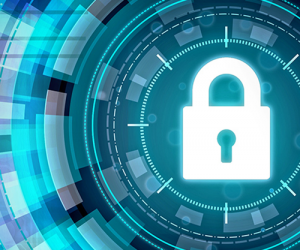 With many of us using our faces to "open" our phones, biometric technology has become an everyday consumer technology. Capitalizing on the comfort and ease of use of facial recognition, government agencies are looking to incorporate it (and other biometric methods) into their modern cybersecurity plans and approaches but are realizing implementation in a government setting raises a host of complications.
With many of us using our faces to "open" our phones, biometric technology has become an everyday consumer technology. Capitalizing on the comfort and ease of use of facial recognition, government agencies are looking to incorporate it (and other biometric methods) into their modern cybersecurity plans and approaches but are realizing implementation in a government setting raises a host of complications.
Interest in facial recognition is strong
The U.S. Government Accountability Office (GAO) released a report in August of 2021 that detailed current and planned use of facial recognition technology by federal agencies. In a survey of 24 departments and agencies it found that 18 reported using the technology and 10 reported plans to expand their use of it. Continue reading



 Zero Trust
Zero Trust  As with other networking and professional development events, job fairs are also transitioning back to their in-person form, but not without changes. The beauty of a job fair is the
As with other networking and professional development events, job fairs are also transitioning back to their in-person form, but not without changes. The beauty of a job fair is the  There's no shortage of mandates and guidance related to modernization-PMA, Technology Modernization Fund, FITARA, Cyber EO, CX EO-pushing the government to update how they deliver services online, but what does it really mean, and what is involved?
There's no shortage of mandates and guidance related to modernization-PMA, Technology Modernization Fund, FITARA, Cyber EO, CX EO-pushing the government to update how they deliver services online, but what does it really mean, and what is involved? A
A 
